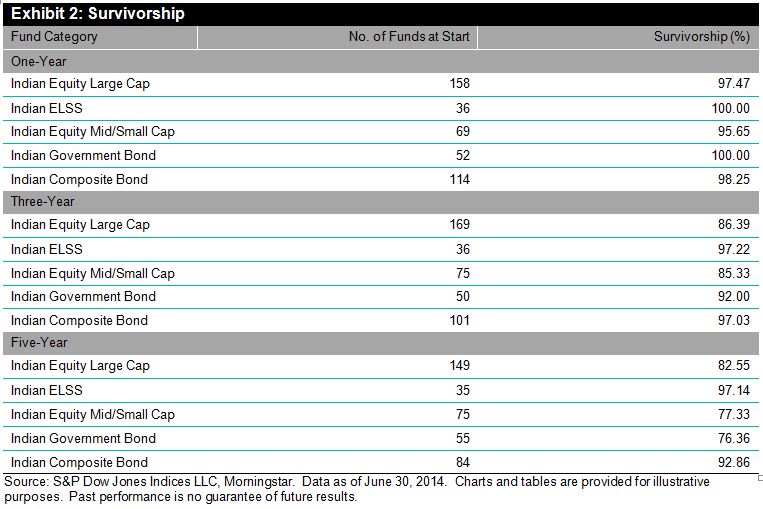The market action in US stocks and Treasuries last week, especially on Wednesday, may be an experience that many investors would like to forget. On Wednesday volume in US treasuries set a record as yields collapsed, stocks nose-dived and VIX topped 30 after opening the week at about 20. As horrifying, or exciting, as it was, there may be lessons buried in the numbers.
Rarely does one specific event cause this kind of market turmoil; rather many sources of investor anxiety crowd together. Among the protagonists were Ebola fears, slow European economies, weak US retail sales, and the Middle East. Over-riding all of this was the growing conviction that the markets were surely in a correction, if not something worse, and no one would even guess where the bottom might be. As downward momentum gains strength it persuades investors that they should be getting out. When that happens, investors want to sell the dogs — their least attractive unwanted and illiquid holdings. But these are exactly the positions that are hardest sell if there is a market and impossible to unload if the market vanishes into the turmoil.
The response? Investors have no choice but to sell what they can sell, not what they want to sell. What can they sell in the midst of the storm? Anything in the deepest markets: either US stocks or US Treasuries. Last week the focus of fear was on equities and the answer was selling US stocks. Hedging also may have been driving the market. Equity investors who wanted a hedge for down side protection would have chosen the liquidity in S&P 500 futures. Short futures positions can be read as a sign that stocks will fall further and may add to downward momentum.
While Wednesday’s action in US Treasury notes was more of a buying panic, the week’s events could be a hint of what might happen when the Fed finally does raise interest rates. Some time, probably next year, the FOMC meeting notes will announce that monetary policy is being tightened and interest rates will rise. Investors in a rush to sell unwanted bonds will find the only liquid market is 10 year Treasuries; they will be forced to keep junk bonds and sell, or short, treasuries. Others simply looking for a hedge will also short treasuries. Those illiquid unwanted bonds will then be re-priced at lower levels consistent with the falling prices on over-sold US treasuries. Fixed income prices could cascade downward. It has happened before in the early 1990s when the Fed tightened more aggressively than expected and mortgage-backed bond traders got caught in a rush to the exit.
The posts on this blog are opinions, not advice. Please read our Disclaimers.















